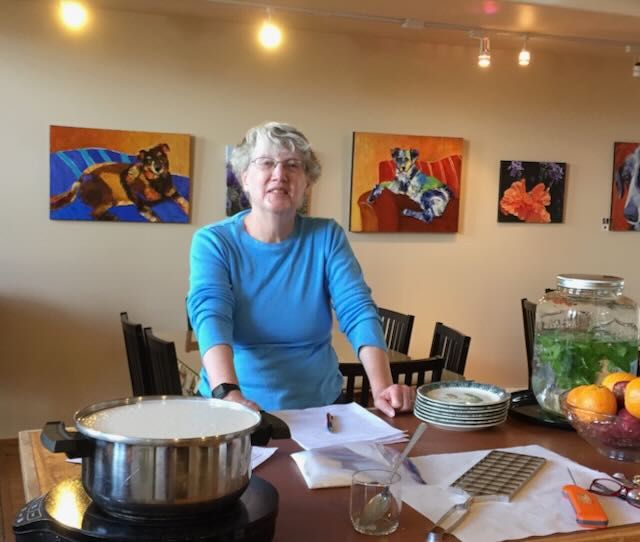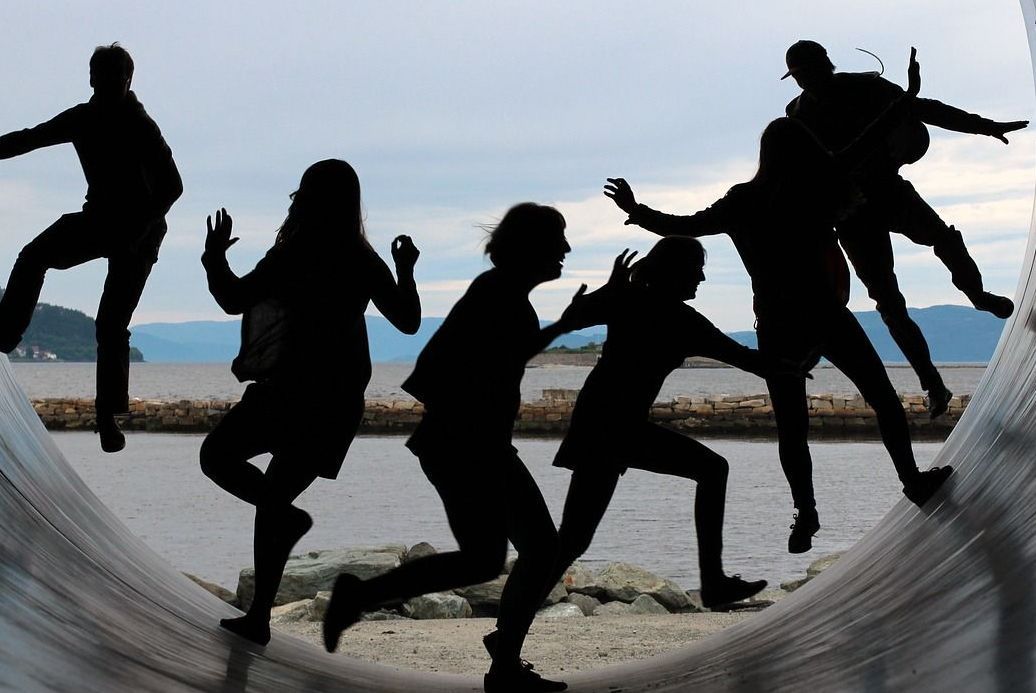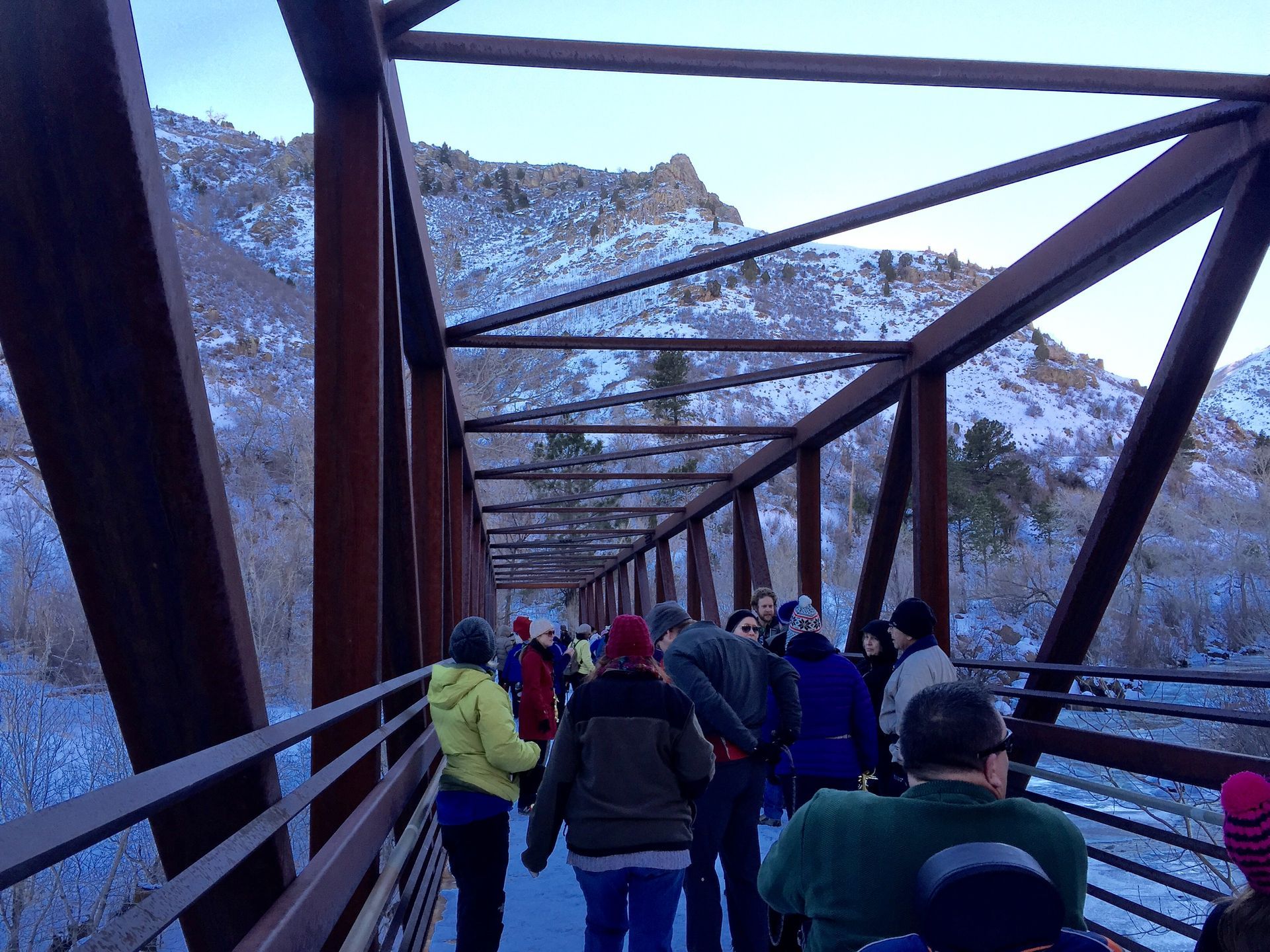Appreciation of Beauty and Excellence

AKA Missing my mom
It’s Tour De France time, which means I miss my mom a little more this month. She watched every second of Tour coverage. She loved the breakaways, the sprint finishes, the teamwork and the strategy. But she also loved the chateaux and the cathedrals and the beautiful countryside. She died before I started diving into Positive Psychology and VIA Character Strengths, but I know I got this strength from her.
Appreciation of Beauty and Excellence is my top VIA Character Strength. It is defined as “responsive to these three types of goodness: physical beauty, skill or talent (excellence), or virtue/moral beauty.” It explains why I love watching sports or arts performances, participating in meaningful volunteer activities, and reveling in a good view. It also explains why I love talking with people about what they enjoy in their work, what they're good at, and what they're proud of. Those conversations help me frame organizational changes in ways that celebrate team members instead of detracting from them.
VIA Character Strengths have been around for more than 20 years. There are 24 strengths organized into six virtues. ‘Appreciation of Beauty and Excellence’ is in the most slippery of the virtues: Transcendence. Transcendence is about meaning-finding and connection to the universe. Other strengths in this virtue are gratitude, hope, humor, and spirituality. There’s a free test you can take to find yours. Link in the comments. And, like me, you probably won’t be too surprised by your top strengths. You live them, breathe them, and celebrate them every day, whether you know it or not.
We use VIA Strengths in our cross-functional leadership activities as a foundation for both personal and team missions. Too often, missions, visions, and 'values' are based on intangibles: the founders' values, the organization's traditions, or (most often) a few trendy and ambiguous words that seem like they’ll sound good to clients and potential employees.
Instead, we base our missions on strengths. What makes us unique and valued as individuals? What strengths do we have in common as a team? What are we building this work from and with? How can we ensure that our 'values' center the strengths of our team members? This is a different and powerful way to weave our mission and vision. We go forth into the hard stuff celebrating who we are and what we are each bringing to the table.
One of my mom’s favorite things about bike racing was the multiple ways to win. You can be the first on a given day, best at climbing mountains, great at sprint finishes, or most aggressive in the breakaway. You can be a great domestique, always there for your leaders. There is room for all sorts of different strengths in this sport.
And there should also be room for all sorts of different strengths in our teams. Our strengths give us unique perspectives, passions, and insights that help us achieve more and innovate more.



